Advertiser content
5 tips to help farmers prepare for a successful harvest
Provided by
Utilising our 50+ years of engineering experience, our offering of specialist grain storage equipment is manufactured to be effective and highly durable.
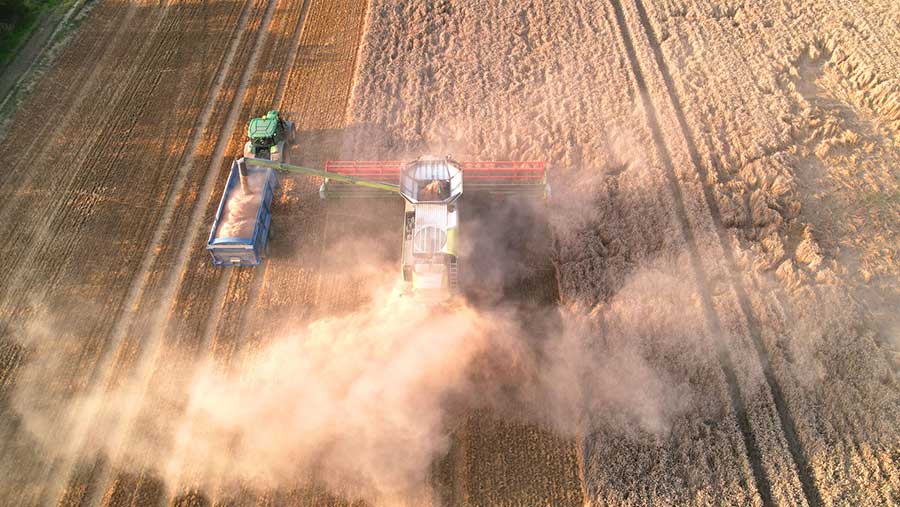 © Plug&Cool
© Plug&Cool For any arable farm, harvest is one of the most important times of the year.
It’s also one of the most labour-intensive, with long working hours night and day and a huge amount of hard work involved.
Poor planning or lack of can often lead to mistakes, wasted time and more importantly, loss of revenue.
We’ve highlighted five ways in which you can maximise your harvest revenue with some simple pointers to keep you on track.
1. Service your farm equipment
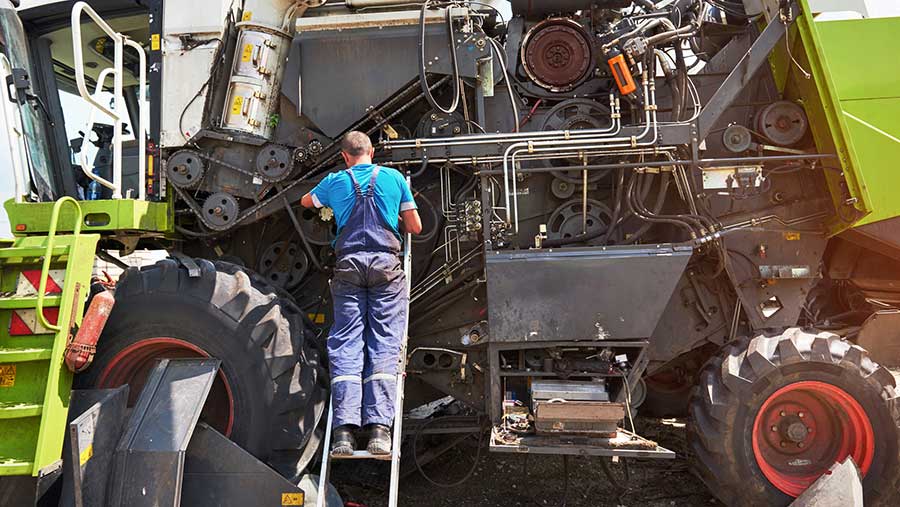
© Plug&Cool
One of the highest costs for a farmer is their farm equipment and machinery, from combines and sprayers to fertilisers and manure spreaders.
The cost can often spiral out of control and amount to thousands of pounds if machinery isn’t maintained and serviced regularly.
Ensure you check everything is running correctly beforehand to avoid unwanted downtime during harvest.
2. Make sure your grain store is spotless
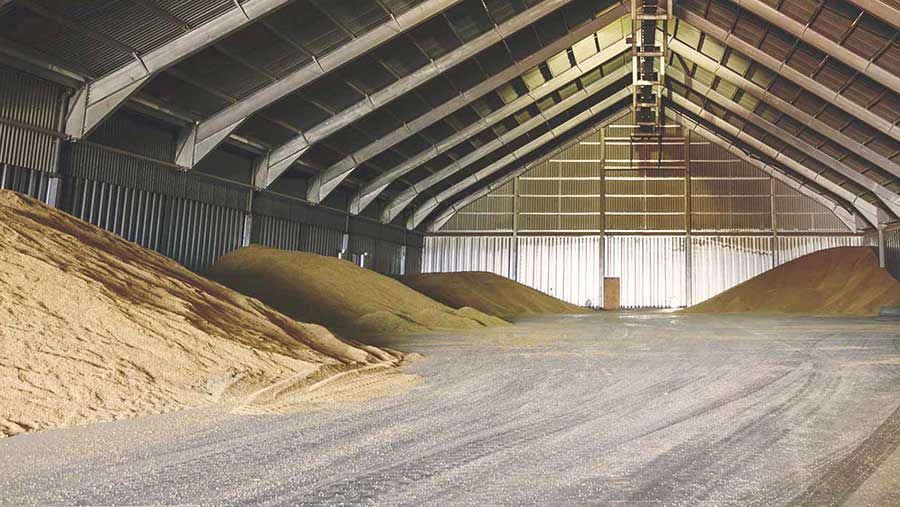
© Plug&Cool
This may seem obvious but it’s important to maintain a clean grain store before harvest time to avoid any unwanted pests, like rodents and insects.
Insects will most likely be introduced from the store structure or machinery, so it’s important to make sure everything is cleaned down properly.
A small amount of grain will still provide a food source for insects, and it’s important to manage any rodent problems that may occur.
As a starting point, make sure that the roof of your store is secure and waterproof and repair any areas of water ingress.
Check that the store is proofed against bird and rodent entry, but above all, make sure the store and equipment are cleaned thoroughly before storing new grain.
3. Keep your grain at the right temperature
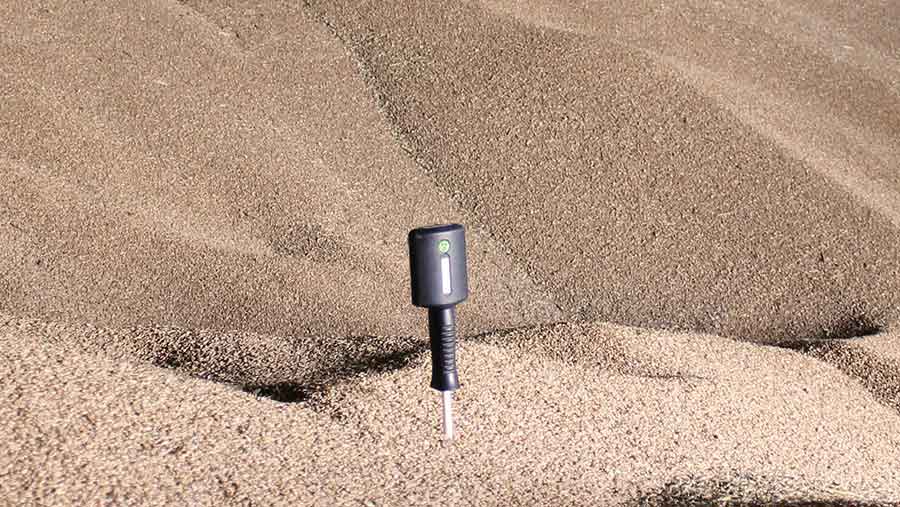
© Plug&Cool
There is no right or wrong way of keeping your grain cool enough once it has been harvested, but there are some useful tips to follow to cover the basics.
To begin with, make sure there is enough space between the grain and the ceiling of the store to allow for adequate ventilation.
Think about installing some gable-end fans at each end of the grain store so that there’s enough cool air passing through the store.
Many farmers will invest in temperature probes to keep a record of heat levels and moisture meters to ensure the grain is dry enough.
If you are using underfloor ventilation or pedestal fans to cool your grain, make sure you have the correct fan for the job.
Sometimes if the grain pile is too deep, a lower-powered fan will not draw enough hot air from the bottom, and you run the risk of spoiled grain.
4. Hire some help (if necessary)
As stated in the introduction, harvest is an extremely busy and strenuous time of the year.
Depending on the size of your farm, and the quantities of grain you’re harvesting, it may be worth considering hiring some extra hands to help with the workload.
This will then give you the opportunity to take a step back, delegate tasks and manage the day-to-day business without becoming too exhausted and overworked.
If you feel like this is a good idea to help with a busy schedule, advertising on www.farminguk.com is a great place to start.
5. Know when to harvest
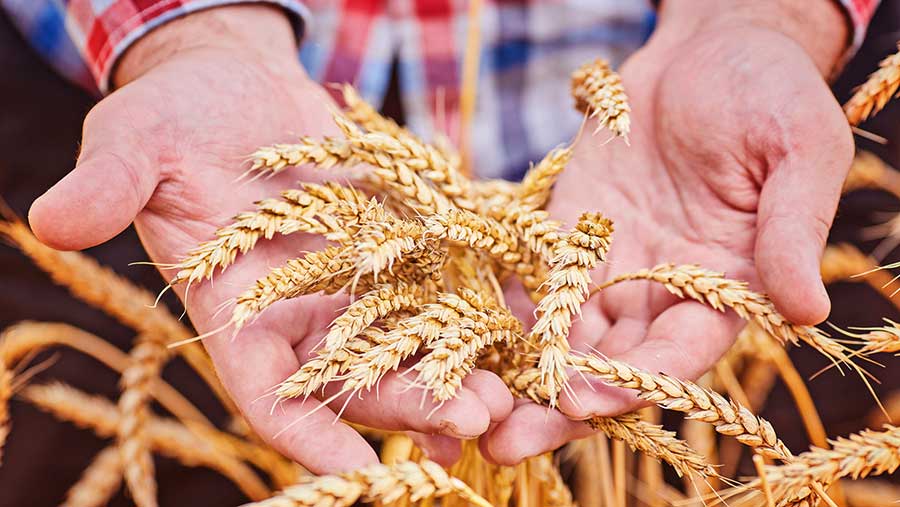
© Plug&Cool
It goes without saying that timing is a key factor during harvest. Traditionally, farmers will harvest their crops from the end of August to the beginning of September.
This is all dependent on the weather of course as experienced in years past when the temperatures have been much higher.
It can depend on what you are growing, so be sure to monitor the moisture and soil as this will help you determine when to bring it in.
It can be an overwhelming task when preparing for harvest with lots to consider, but getting the basics covered can help you get the best from your yield.
